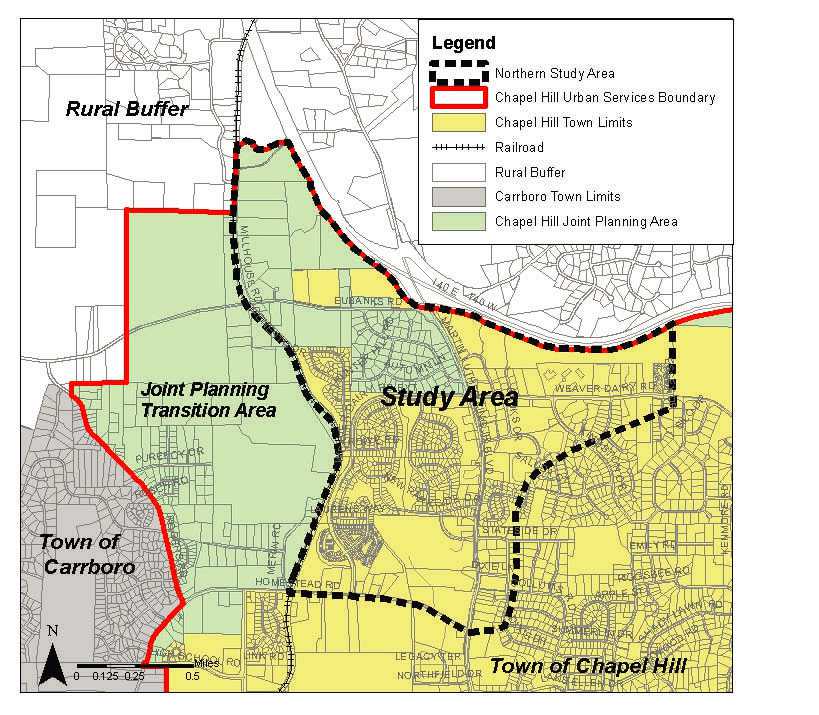Last night Mike Collins and George Cianciolo (current and former heads of the Planning Board) laid out an interesting plan of action to move the Town’s planning process forward.
Most importantly, they underlined the need for a more measurable, nuanced plan that works as an adjunct to the current Comprehensive Plan. Their plan also emphasized “consensus from all stakeholders” – a bit difficult if the members of the task force (if there is one) can’t compromise.
Achieving compromise was one of the more difficult things the Sustainable Community Visioning Task Force faced given the wide diversity of interests and motivations expressed by the group. An unfortunate downside of a “consensus only” approach – key issues were not addressed because of vested interest in a particular outcome. Most notably, when a significant portion of the group pushed to make measurable goals and an acknowledgement of constraints to growth a key tenet, a couple of folks were able to derail that effort.
With such a diverse membership and a widely divergent set of agendas, I expected the group to have difficulty coming to some kind of consensus which is why I proposed we first create a framework for discussing development trade-offs. I thought that we should create a decision-matrix that would factor out those things we could objectively measure, those things we could effectively estimate and those subjective things – like the value of natural beauty – which will probably forever be in the eye of the beholder.
How do we measure those impacts (if they are measurable)? Are the consequences localized or not? Given limited local resources, what upper limit exists if we want to live within our own footprint? How much brown-field is available for redevelopment? Are there restrictions on redevelopment is an area based on the Town’s resource conservation or neighborhood conservation districts? If we overlay all the restrictions imposed by conservation and watershed protection ordinances, by the LUMO (land-use management ordinance) and the underlying development zones, what does Chapel Hill look like?
A very select minority of members, along with staff, did not want to create a decision-matrix to help the group find their way. There was some argument, for instance, whether measuring impacts mattered or if resources, like water, were a limiting factor when the community could purchase it from neighboring municipalities or draw if from Jordan Lake.
Matt Czajkowski made the same argument last night when he said that the new effort would succeed if the membership had a way to discuss, evaluate, measure various trade-offs – to decide what course best to chart.
For that, as he pointed out, consensus would be great but not required. Compromise, though, should fully be expected.
Having gone through one recent iteration of this effort with the SCVTF, it is clear we must start from first principles – establish those elements which are measurable, those which aren’t – and create a clear process for working towards a consensus without requiring a consensus.
